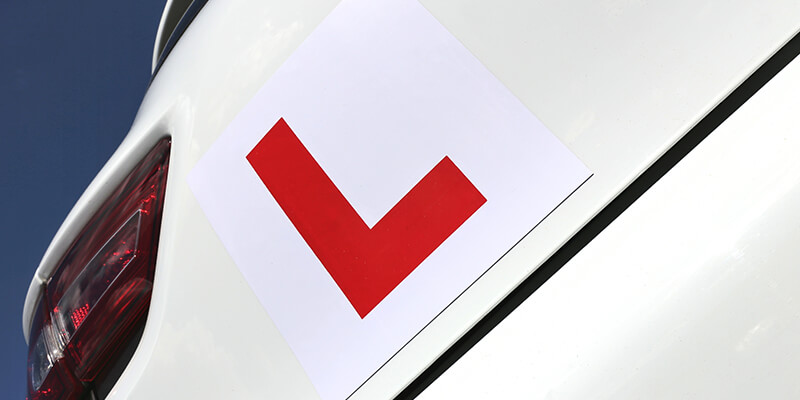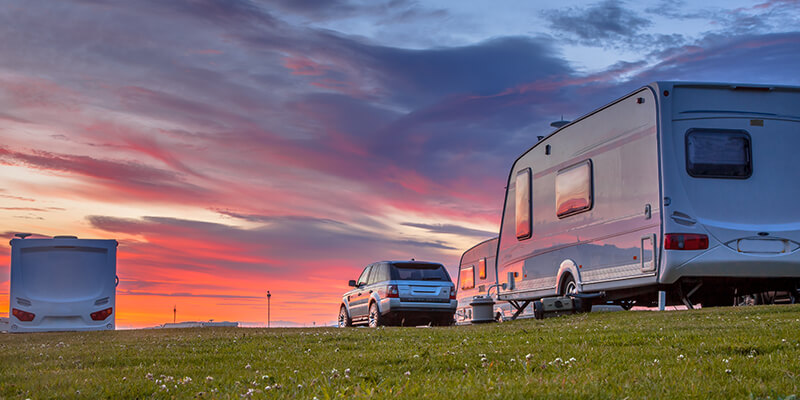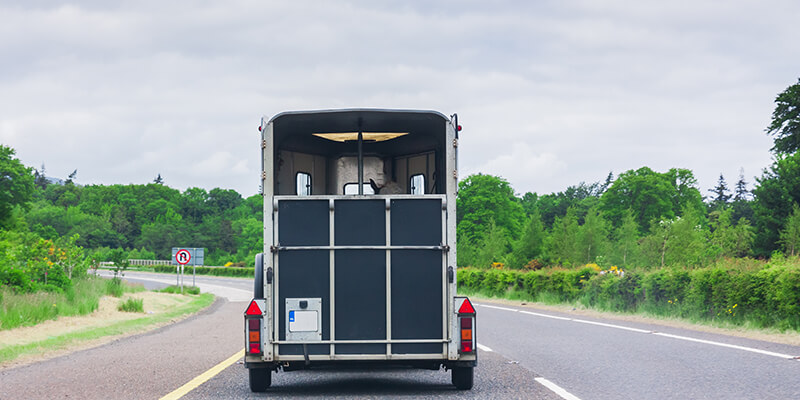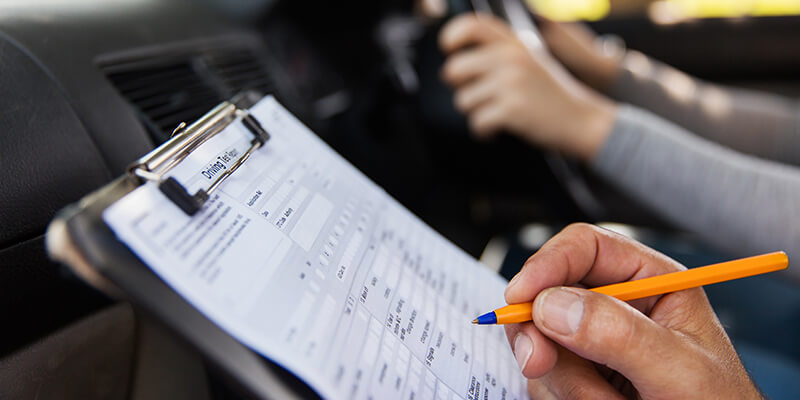Around 75% of adults in the UK hold a full driving licence, but being full of confusing categories and codes, not everyone knows what their licence really means. With your driving licence explained, you will find out what you are allowed to drive, if you have any driving restrictions and what you would need to take an additional test for.
Your driving licence explained – All you need to know
Your driving licence isn’t just proof of your eligibility to drive on UK roads, it provides a lot of information about yourself as well as the types of vehicles you are entitled to drive. Whether you have a full or provisional licence, the front will display the same information. In fields 1,2 and 3 of your photocard licence, you will find your surname, first names and your place/date of birth. 4a details the date your licence was issued while 4b shows the date your licence expires. 4c is where you will find the authority that issued the licence – in the UK this is the DVLA. Your unique eight-digit NI driver number is number 5, and your photo acts as number 6. The 7th line of your licence shows your digitally reproduces signature and the 8th details your permanent address. Lastly, number 9 shows the category of vehicle(s) you are permitted to drive. You can cross-reference these letters with the codes in section 9 on the back of your licence.
Now that you have a brief understanding of the sort of information your licence provides, it’s time to explain everything else. After reading this article, you will be fully informed of the following:
- What type of licence do you have?
- Standard UK driving licence categories
- Driving licence categories you might have
- Driving license categories you need to complete an additional test for
- Driving licence codes

What type of licence do you have?
In the UK, there are two different types of driving licence: full and provisional. A provisional licence is the first licence you will need to apply for as it allows you to drive on UK roads while under supervision. The person accompanying you in the car has to be a fully qualified driving instructor or another driver over the age of 21 who has held a full driving licence for a minimum of three years. You will need a provisional licence in order to take your theory test, practical test and you will also be required to show it on your first driving lesson.
To apply for your provisional licence, you must be a resident of Great Britain, at least 15 years and 9 months of age and be able to read a number plate from 20 metres away. Once you have passed your test, your provisional will be exchanged for a full driving licence free of charge. A provisional licence and full licence are easily distinguished as one is green and one is pink. If you have a pink licence, that means you have a full UK driving licence which allows you to legally drive without supervision.

Standard UK driving licence categories
Although you may hold a full driving licence, this does not mean that you are able to drive any vehicle that you wish. Depending on the categories on your licence, you may be restricted to the types of vehicles that you are legally able to drive without further testing. The official UK categories are as follows:
- Category AM
- Category B
- Category F
- Category K
- Category Q
Category AM displayed on your licence means you can drive 2 or 3-wheeled vehicles with a maximum design speed of over 15.5mph but no more than 28mph. This category also includes light quad bikes with an unladen mass of no more than 350kg and maximum design speed between 15.5mph and 28mph.
If you passed your test before 1st January 1997 then category B on your licence allows you to drive a vehicle and trailer combination up to 8,250kg maximum authorised mass (MAM). You are also allowed to drive a minibus with a trailer over 750kg MAM. If you passed your test after 1st January 1997, then you can drive vehicles up to 3,500kg MAM with up to 8 passenger seats (with a trailer up to 750kg). You can also tow heavier trailers if the total MAM of the vehicle and trailer is no more than 3,500kg. Moreover, if you are over 21 years old, you can drive motor tricycles with a power output higher than 15kW.
All standard UK driving licences will display category F, which allows you to drive an agricultural tractor.
This category means you can get behind the wheel of a pedestrian-controlled vehicle – which is any self-propelled device you walk behind to control. For example, a mowing machine.
With category Q, you can drive 2-wheeled and 3-wheeled vehicles without pedals that have an engine size no more than 50cc if powered by an internal combustion engine and a maximum design speed of no more than 15.5mph.

Driving licence categories you might have:
- Category B1
- Category B+E
- Category B auto
- Category P
With this category on your licence, you are eligible to drive motor vehicles with 4 wheels up to 400kg unladen or 550kg if they’re designed for carrying goods.
If you passed your test before 1st January 1997, you will be able to drive a vehicle with a trailer over the usual combined limit of 3,500kg- up to 8,250kg. If you passed your test after this date, you will have to take an additional test to tow weights over 3,500kg. Our B+E courses are great if you want to know how to drive safely on everyday roads with a trailer.
This means you are limited to driving automatic vehicles only and cannot drive a manual car.
Category P allows you to drive 2-wheeled vehicles with a maximum design speed of over 28mph, but not more than 31mph. However, its engine size must not be more than 50cc if powered by an internal combustion engine.

Driving license categories you need to complete an additional test for:
- Category A
- Category A1
- Category AM
- Category C1
- Category C1+E
- Category C
- Category C+E
- Category D1
- Category D1+E
- Category D
- Category D+E
- Category G
- Category H
With category A on your licence, you can drive motorbikes with a power output more than 35kW or a power to weight ratio more than 0.2kW/kg. You can also operate motor tricycles with a power output more than 15kW.
After completing trailer towing training and passing the appropriate test, you’ll be entitled to drive vehicles weighing between 3,500kg and 7,500kg (with a trailer up to 750kg).
This licence category gives you the same trailer entitlement as Category C1, but the combined weight of both the vehicle and the trailer cannot exceed 12,00kg. The trailer also cannot weigh more than the towing vehicle.
With the D1 driving licence category, you can drive a minibus with no more than 16 passenger seats and a maximum length of 8 metres, once you’ve passed the relevant test. For more information on this, take a look at our previous article, Can I Drive A Minibus? This category also allows you to tow a trailer up to a maximum weight of 750kg. To make sure you pass your test with flying colours, we are here to help with our D1 courses.
This classification means you can drive D1 category vehicles with a trailer over 750kg – provided the combined weight of the trailer and vehicle do not exceed 12,000kg.
The G driving licence category gives you entitlment to drive a road roller.

Understanding driving licence codes
While the categories discussed above relate to the types of vehicles you can drive, driving licence codes tell you what conditions actually apply. You can find your driving licence codes under section 12 on the reverse of your licence. There are over 50 codes that could appear on your licence, but the most common ones are as follows:
- Code 01
- Code 02
- Code 106
- Code 115
Code 01 indicates that you need eyesight correction while driving, for example, contacts or glasses. Failure to comply with this condition could result in a fine or penalty points on your licence. If you have any change to your vision or corrective surgery, you will also have to inform the DVLA.
This code means that you are required to wear a hearing or communication aid when behind the wheel. Similar to code 01, the DVLA must be made aware if there are any changes to your hearing.
106 refers to drivers that are restricted to operating vehicles with automatic transmissions.
While code 115 is not a restriction, it lets authorities know that the holder of the licence is an organ donor.

Safety first
No matter what you are entitled to drive according to your licence, driving safely is of utmost importance. If you are unfamiliar with a particular vehicle and lack the experience to drive with complete confidence, we highly recommend attending a training course. As part of our array of services, we offer caravan training courses and horsebox training, so why not take a look and get in contact if you think you could benefit from any of our courses?
